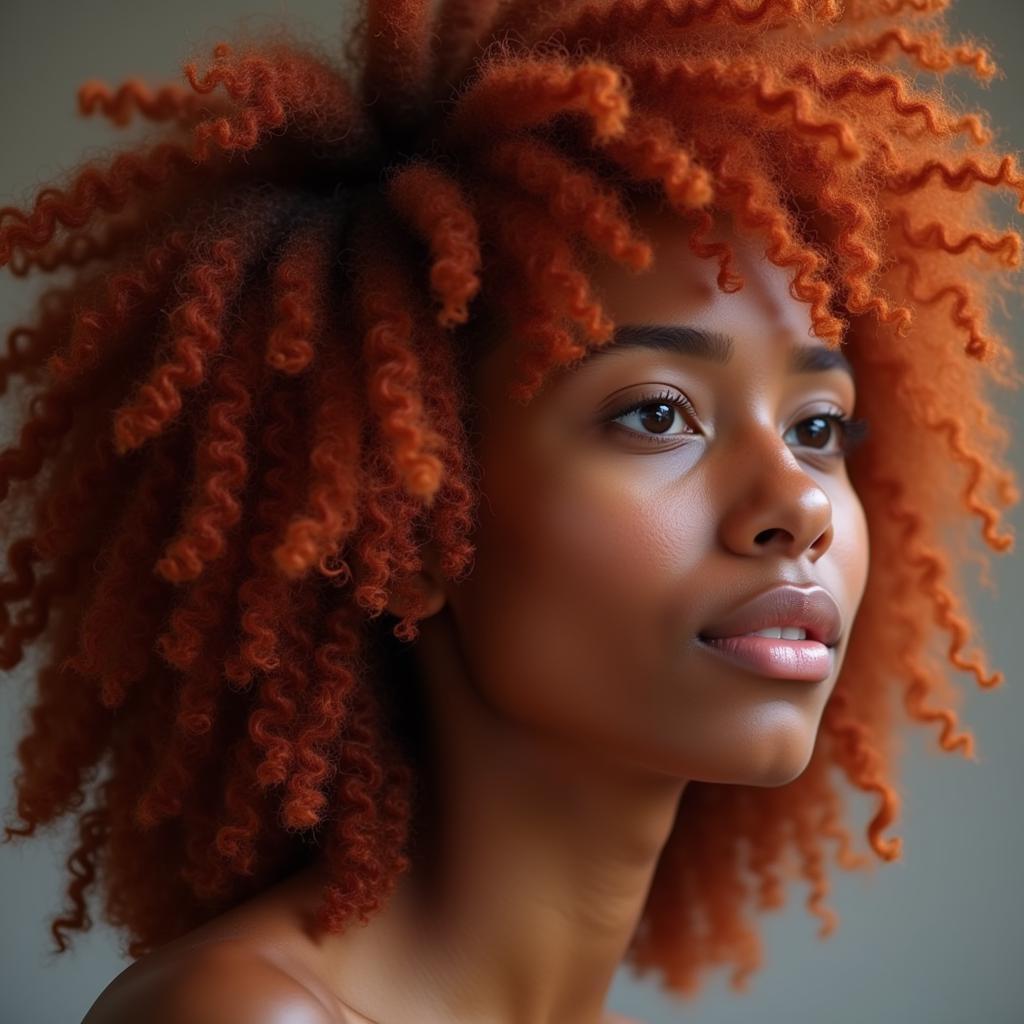African Footwear: A Journey Through Style, Tradition, and Innovation
Africa is a continent rich in cultural diversity, and its footwear is no exception. From the intricate designs of beaded sandals to the sturdy construction of leather boots, African Footwear tells stories of heritage, craftsmanship, and a deep connection to the land. Today, we delve into the fascinating world of African footwear, exploring its history, materials, styles, and the contemporary trends that are taking the global fashion scene by storm.
A Legacy of Craft and Tradition
African footwear has a long and rich history, dating back to ancient times. Archaeological evidence suggests that early Africans crafted footwear from materials readily available in their environment, such as animal hides, reeds, and bark. These early forms of footwear were both practical and symbolic, serving as protection for the feet and as a way to express social status and tribal identity.
The Diverse Styles of African Footwear
Across the continent, a stunning array of footwear styles emerged, each reflecting the unique cultural influences of different regions and tribes.
- Sandals: Beaded sandals, often elaborately adorned with colorful beads and intricate patterns, are a hallmark of many African cultures. These sandals are not only beautiful but also durable and comfortable, ideal for navigating the warm climates of the continent.
- Boots: Leather boots, known for their sturdy construction and resistance to the elements, have been worn by nomadic tribes across Africa for centuries. These boots are often made from high-quality animal hides and feature intricate stitching and embellishments.
- Slippers: Soft slippers, made from materials like sheepskin, are often worn indoors or for short distances. These slippers are known for their comfort and practicality, providing warmth and protection for the feet.
Materials and Techniques
The materials used in African footwear vary widely, depending on the region and the resources available. Animal hides, particularly goat, sheep, and cattle leather, have been a staple for centuries. Other materials include:
- Beads: Glass beads, often imported from other parts of the world, are used to create intricate designs and patterns on sandals and other footwear.
- Hemp and Raffia: These natural fibers are woven to create durable and lightweight footwear.
- Leather: High-quality animal hides are tanned and crafted into durable boots, sandals, and slippers.
- Wood: In some regions, wooden clogs or platforms are crafted for ceremonial purposes.
Contemporary Trends and Innovations
While tradition remains strong, African footwear has also embraced modern design and innovation. Contemporary designers are reinterpreting traditional techniques, incorporating modern materials and aesthetics, and creating footwear that celebrates both African heritage and global style.
African Footwear on the Global Stage
African footwear is gaining increasing recognition in the international fashion scene. Designers are using bold colors, eye-catching patterns, and unique materials to create footwear that is both stylish and sustainable.
- Sustainable Footwear: African footwear is increasingly made with eco-friendly and sustainable materials, promoting ethical and responsible fashion practices.
- Bold Colors and Patterns: From vibrant tribal prints to geometric designs, African footwear embraces color and pattern, adding a unique and playful touch to any outfit.
- Fusion of Styles: Contemporary designers are blending traditional African elements with modern trends, creating hybrid styles that are both innovative and culturally relevant.
“African footwear is not just about fashion; it’s about storytelling, history, and craftsmanship. It’s a celebration of the rich and diverse cultures of the continent,” says Dr. Amina Omar, an expert in African fashion history.
The Future of African Footwear
As global interest in African culture continues to grow, African footwear is poised to become an even more prominent force in the fashion world. With its rich history, skilled craftsmanship, and contemporary innovations, African footwear is a testament to the continent’s enduring creativity and cultural impact.
Frequently Asked Questions
1. What are some of the most popular styles of African footwear?
Some popular styles include beaded sandals, leather boots, and woven slippers. Each style reflects the unique cultural influences of different regions and tribes.
2. What are some of the materials used in African footwear?
Common materials include animal hides, beads, hemp, raffia, and wood.
3. How is African footwear contributing to the global fashion scene?
African footwear is gaining popularity for its bold colors, unique patterns, and sustainable materials, representing a blend of tradition and modern design.
4. Where can I find authentic African footwear?
Authentic African footwear can be found at local markets, craft fairs, and online retailers specializing in African goods.
5. What are some tips for styling African footwear?
Pair African footwear with simple outfits to let the footwear stand out. Experiment with different colors and patterns to create unique looks.
6. What are some of the biggest trends in African footwear right now?
Sustainable materials, bold colors, and the fusion of traditional and contemporary designs are driving current trends in African footwear.
7. What is the future of African footwear?
With growing global interest in African culture and fashion, African footwear is poised to become an even more prominent force in the global fashion scene.




